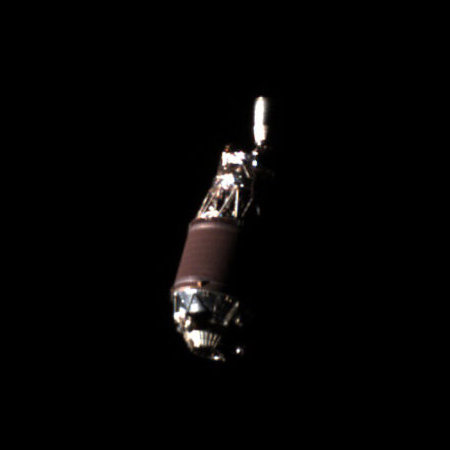Chinese citizen arrested for flying drone illegally over Vandenberg
Yinpiao Zhou, a Chinese citizen in America on a legal immigrant visa, has been arrested for flying a drone illegally over Vandenberg Air Force Base.
Nearly a mile above Vandenberg Space Force Base in Santa Barbara County, a hacked drone soared through restricted airspace for roughly an hour. The lightweight drone photographed sensitive areas of the military facility on Nov. 30, including a complex used by SpaceX, according to federal investigators. The drone then descended back to the ground, where the pilot and another man waited at a nearby park.
Before either could leave however, four security officers from Vandenberg showed up. Initially Zhou lied about what he was doing, hiding the drone under his jacket. At one point however the officers spotted the drone, forcing Zhou to admit the truth as well as delete the footage on the drone.
Neither Zhou or the second man, who remains unidentified, were arrested at that time. Zhou was arrested on December 9, 2024 at San Francisco International Airport, just before he was to board a flight back to China. He is charged with flying a drone illegally out of his line of sight and in a no-fly zone, and remains in custody.
It appears this was an intended spying operation by China or one of its pseudo-companies, attempting to steal more information about SpaceX’s technology in order to copy it. Why Zhou and that other man were not arrested immediately is unclear.
Yinpiao Zhou, a Chinese citizen in America on a legal immigrant visa, has been arrested for flying a drone illegally over Vandenberg Air Force Base.
Nearly a mile above Vandenberg Space Force Base in Santa Barbara County, a hacked drone soared through restricted airspace for roughly an hour. The lightweight drone photographed sensitive areas of the military facility on Nov. 30, including a complex used by SpaceX, according to federal investigators. The drone then descended back to the ground, where the pilot and another man waited at a nearby park.
Before either could leave however, four security officers from Vandenberg showed up. Initially Zhou lied about what he was doing, hiding the drone under his jacket. At one point however the officers spotted the drone, forcing Zhou to admit the truth as well as delete the footage on the drone.
Neither Zhou or the second man, who remains unidentified, were arrested at that time. Zhou was arrested on December 9, 2024 at San Francisco International Airport, just before he was to board a flight back to China. He is charged with flying a drone illegally out of his line of sight and in a no-fly zone, and remains in custody.
It appears this was an intended spying operation by China or one of its pseudo-companies, attempting to steal more information about SpaceX’s technology in order to copy it. Why Zhou and that other man were not arrested immediately is unclear.











